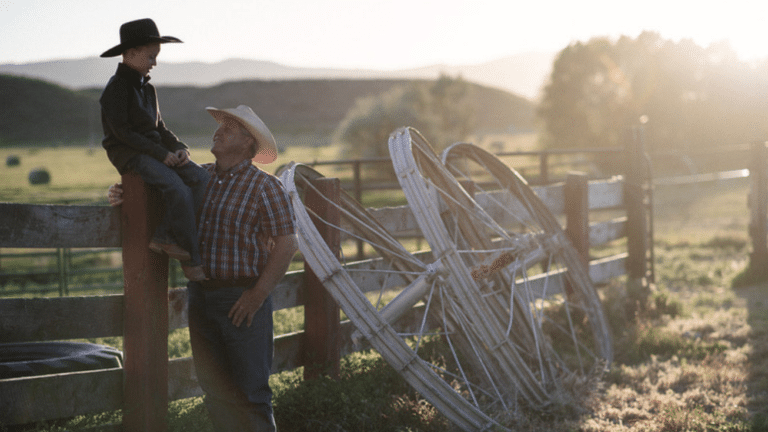Economic Update: The Impact of COVID-19 on U.S. Farming
How Has the Economic Landscape of U.S. Agriculture Changed Since COVID-19?
From labor shortages to volatility in commodity futures, the global impact of COVID-19 on U.S. agriculture has surfaced, but much remains clouded with uncertainty.
AgAmerica’s Chief Economist, Dr. John Penson, brings some clarity to the chaos, providing weekly assessments on the rapidly evolving economy. His insights delve into COVID-19’s economic impact on both a global and national scale; significant shifts in U.S. agriculture; and how the U.S. government and Federal Reserve have responded in their efforts to stabilize the economy. To help keep farmers and ranchers informed on the rapidly evolving situation, we’ve compiled Dr. Penson’s economic insights into a digital digest. In this article, we’ll discuss highlights from the digest and explore the high-level impact of COVID-19 on America’s ag industry.
Download a copy of The Economic Impact of COVID-19 on U.S. Agriculture at the end of this article.
Decline in Global Growth
One overwhelming theme in the discussion of COVID-19 is the decline of global economic growth. In the first quarter of 2020, the United States GDP lost an estimated $1.5 trillion in economic output. The decline in global growth has impacted farmers and ranchers in three distinct ways.
Decreased Global Trade
The Chinese economy was among the hardest hit by COVID-19 after a 10-week long quarantine to flatten the curve. It’s unclear whether the country will be able to meet the U.S. purchase agreement decided in Phase One of the U.S.-China trade deal, although they have made small steps forward including reported purchases of corn, grain, soybeans, and beef. However, increased border safety measures are causing backups at shipping ports, creating additional challenges.
Redirection of Food Supply
Producers who once relied on restaurants and schools were forced to find alternative sources to unload perishable goods to consumers, as they were unable to wait out the gradual process of businesses reopening. All the while grocers continued to struggle to keep shelves stocked. Business closures across the nation have highlighted the fragility that exists within the food supply chain.
Bottlenecks in Food Supply Chain
Government programs, such as Farmers to Families, have helped shift the distribution of food supply, but is it enough?
The lack of agricultural workers available has created major bottlenecks in the system. Dairy farmers are dumping milk, while grocers limit the amount consumers can buy. Row crop farmers are choosing to plow over their crops instead of watching them rot in the fields. Slaughterhouse and processing plant closures are forcing ranchers to do the unthinkable and either euthanize or give away livestock. The bottlenecks in the food supply chain do not indicate a lack of supply, but a lack of resiliency to disruption.
The Silver Lining in Economic Uncertainty
“The farmer has to be an optimist, or he wouldn’t still be a farmer.”
Will Rogers
Media coverage tends to portray an overwhelmingly bleak outlook on the situation at hand, but there are several silver linings amid the panic. Farmers and ranchers are showing their perseverance and grit once again, facing this challenge head-on as they continue to keep our nation fed. Our food supply chain may be under pressure, but it is far from broken. It’s important to take a step back and reflect on the lessons we’re learning as we navigate a crisis, unlike anything we’ve experienced in this lifetime. The COVID-19 pandemic has cast a light on cracks in food distribution. From these cracks, we can work towards creating a more stable system for the future.
At AgAmerica Lending, we strive to be more than an agricultural real estate lender. We are committed to providing additional resources that go beyond land loans to support your success. With the help of Dr. Penson’s insights, AgAmerica continues to provide valuable tools that can help secure the financial position of your farm operation for the road that lies ahead. Click the link below to learn more about the impacts of COVID-19 and government relief efforts for the agriculture industry.







